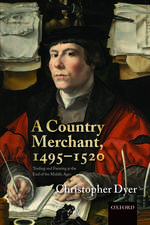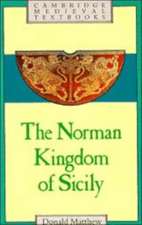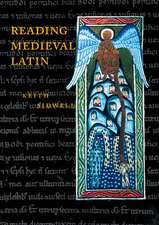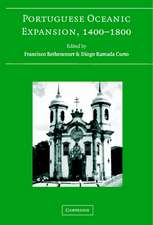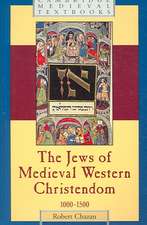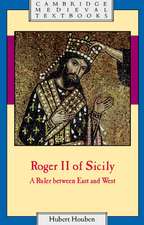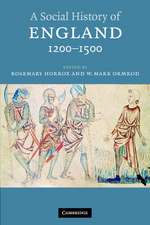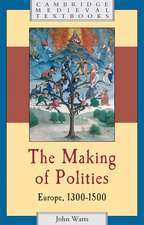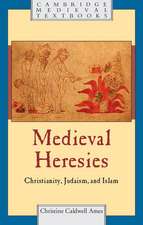The Transatlantic Century: Europe and America, 1890–2010
Autor Mary Nolanen Limba Engleză Paperback – 10 oct 2012
| Toate formatele și edițiile | Preț | Express |
|---|---|---|
| Paperback (1) | 242.54 lei 6-8 săpt. | |
| Cambridge University Press – 10 oct 2012 | 242.54 lei 6-8 săpt. | |
| Hardback (1) | 457.20 lei 6-8 săpt. | |
| Cambridge University Press – 10 oct 2012 | 457.20 lei 6-8 săpt. |
Preț: 242.54 lei
Nou
46.41€ • 48.46$ • 38.41£
Carte tipărită la comandă
Livrare economică 04-18 aprilie
Specificații
ISBN-10: 0521692210
Pagini: 403
Ilustrații: 26 b/w illus. 3 maps 4 tables
Dimensiuni: 153 x 227 x 18 mm
Greutate: 0.54 kg
Editura: Cambridge University Press
Colecția Cambridge University Press
Locul publicării:Cambridge, United Kingdom
Cuprins
Recenzii
'Nolan's [The] Transatlantic Century is a masterful work of synthesis: breathtaking in its scope and precise in its rich detail. It is the foundation from which every effort to understand the place of the United States in the economic and political revolutions of the twentieth century must now proceed.' Daniel T. Rodgers, Princeton University
'The Transatlantic Century will become a standard work on the changing relations between the US and Europe in the twentieth century. It is synthetic, wide ranging, and important.' Ruth Oldenziel, Eindhoven University of Technology
'A stimulating and readable overview that shows the complexities of the era often stereotyped as the American Century.' David Reynolds, University of Cambridge
'With incisive prose and acuity of judgment Nolan offers a more comprehensive overview of European-American transatlantic relations than hitherto available.' Ian Tyrrell, Journal of American History
'In [this book], Mary Nolan has drawn on her expertise as an historian of the Atlantic world to produce a work that challenges the belief that the twentieth century was the American Century … [this] is an excellent resource for any upper-year undergraduate history or political science course that examines the United States, Europe, or the relations between the two regions. By questioning the traditional narrative offered by many textbook-style works and challenging the belief in American exceptionalism, [Nolan] forces readers to question their own views on the relationship between the United States and Europe … her work stimulates the discussion not only about transatlantic history but also the history of empires and transnational history. [Her] ability to shift seamlessly from a macrocosmic perspective to a microcosmic perspective is impressive and it is also refreshing to see the inclusion of Eastern Europe in her analysis.' Gregg French, H-Empire
'In this well-crafted, learned survey of US-European relations in the long twentieth century, Mary Nolan makes a valuable contribution to international history … Nolan's work is a successful, readable synthesis. It wears its erudition lightly, is well constructed, and manages to integrate cultural and intellectual trends into the broader political-economic narrative, which is no small feat.' Gabriel Paquette, European History Quarterly
Descriere
This is a fascinating new overview of European-American relations during the long twentieth century. Ranging from economics, culture and consumption to war, politics and diplomacy, Mary Nolan charts the rise of American influence in Eastern and Western Europe, its mid-twentieth century triumph and its gradual erosion since the 1970s. She reconstructs the circuits of exchange along which ideas, commodities, economic models, cultural products and people moved across the Atlantic, capturing the differing versions of modernity that emerged on both sides of the Atlantic and examining how these alternately produced co-operation, conflict and ambivalence toward the other.
Attributing the rise and demise of American influence in Europe not only to economics but equally to wars, the book locates the roots of many transatlantic disagreements in very different experiences and memories of war. This is an unprecedented account of the American Century in Europe that recovers its full richness and complexity.






